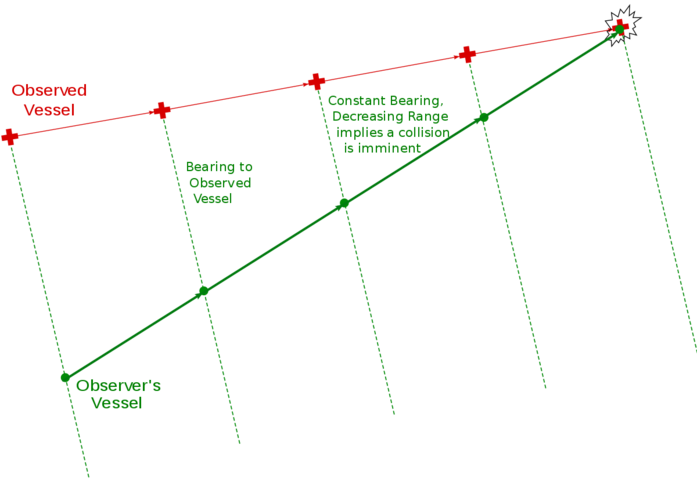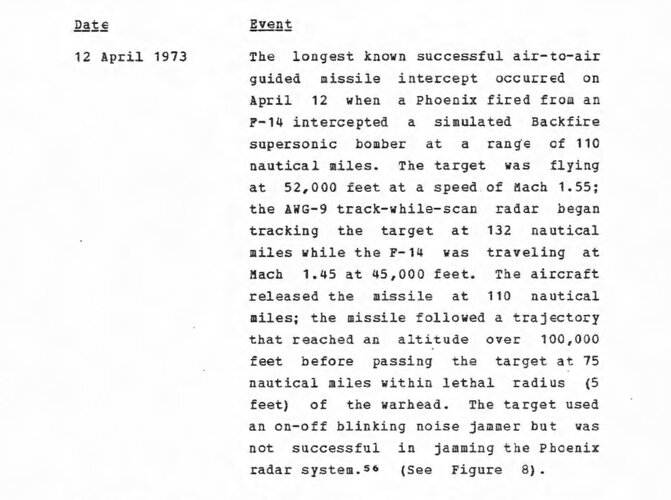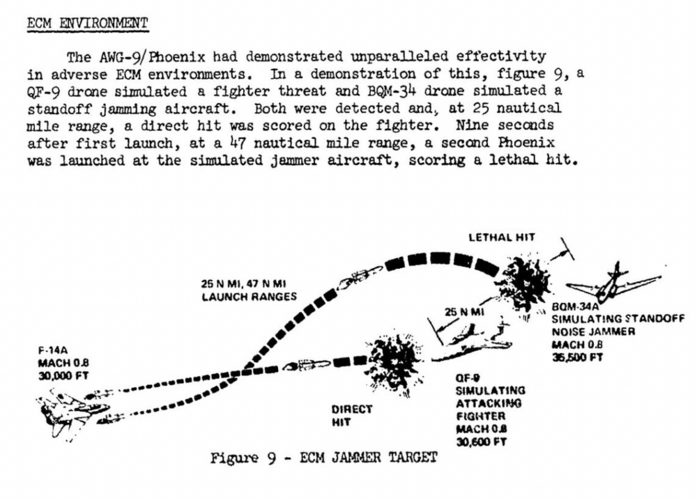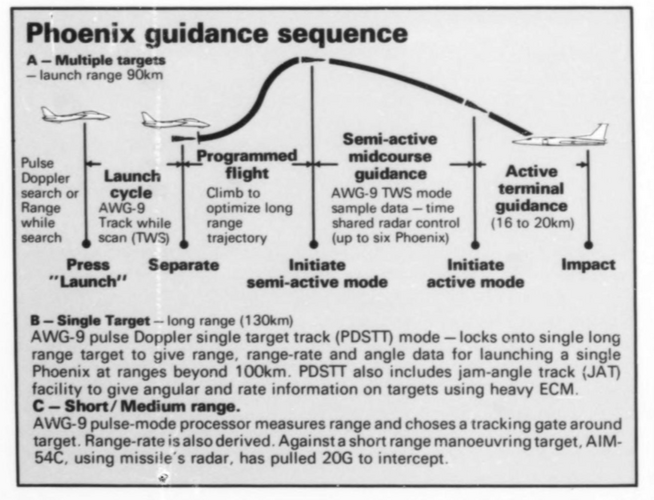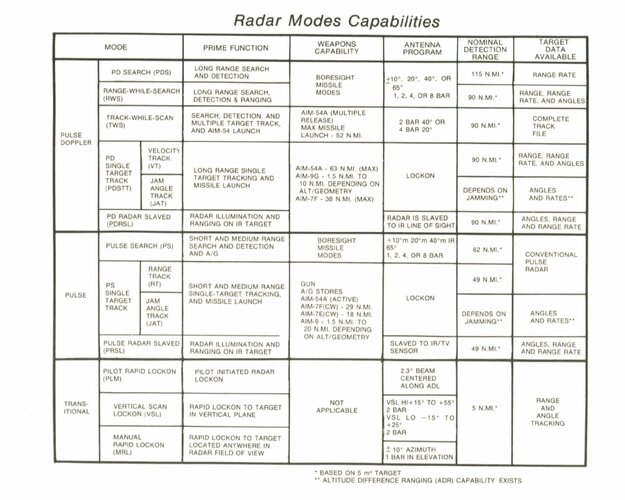Of the pieces of the Outer Air Battle calculus, I would agree Soviet electronic warfare capabilities were among the most worrisome. This is reflected in this almost
comically dramatic CNA video. However, it was also the threat that was trained to. Full disclaimer, I'm not an engineer, so the black magic wizardry of Electronic Warfare is
well outside of my wheelhouse. With the anecdotal information I've seen though, Id contend that the AWG-9 for its time was one of the more capable radars in a jamming environment.
As put by Rick Morgan, an EA-6B ECMO:
With the AWG-9, it's best ECCM was the RIO. If you take a look at some of the tools in the RIO pit, such as Automatic Gain Control, Parametric Amplifier, and even TCS using Jam Angle Tracking you get an idea that the RIO had a lot of tools in his toolbox. For more, on the technical side of things, Id suggest hunting down Karon from Fly and Wire. They can be found on the CMO and DCS forums, or the 10% true discord. Aside from an actual RIO (who you can find over on Facebook pretty easily), Karon is likely one of the best technical voices on the AWG-9 itself and how it would work in a Jamming environment.
It should also be noted that the jamming threat made up the majority of 1980s training with regards to Phoenix shots. Victory205 notes:
For a look into a "fleet shot" with jamming, check out this snippet from the
F-14 Tomcast.
One of the major limitations of SNA-MRA jamming was the lack of a dedicated jammer variant for the Backfire. As a planner, you quickly start seeing the various problems associated with getting your ~525kn EW aircraft to support your ~725-1100kn Strike aircraft for the duration of the battle. On top of that, keeping your jammers far enough out that they don't become food for HOJ missiles as you don't have any to spare the war. The same calculus applies to the chaff clouds the Soviets were hoping to deploy. If you have to slow down the Backfires, you lose the virtue of the platform. Even in the presence of jamming, every minute wasted after detection is another minute where the fighters get closer to ruining your day. On top of this, the ECM suite in the Backfire-B was considered problematic. I'm sure some people here could elaborate, but from my reading it appeared the jammer interfered with the flight avionics and weapons. According to some sources, this required TU-16Ps to act as their
Only protective jamming. Which, as illustrated above causes some major problems.
I recently made a short post on the war college subreddit about this, but when reading Tokarev, it appears the focus of Soviet EW efforts was placed primarily on the fighter controllers:
I theorized this has something to do with the PVO approach to air defense, causing SNAF planners to assume the USN approached FAD much in the same way. Alternatively, it is a lot easier in theory to break down the link between the E-2 and F-14s. At the time, Link4A datalink was a capable system, but it was one of the easier platforms to both intercept and jam. Another way of degrading command and control was the use of ARH missiles to suppress or kill picket ships aiding in fighter control! Vector Logic was in many ways designed to reduce the reliance on external control. Take a look at the "Navgrid" layout on an F-14 TID, Vector Logic was designed around using that and working your grid as autonomy as possible.
This is not to say Jamming was of no concern, it certainly was. But it also is not an "I Win" card that SNA could just throw onto the table and waltz through the OAB unscathed. At the end of the day, I think we are all lucky none of this ever had to be put to the test, but its certainly one of the more interesting "what ifs?" In my humble opinion.
Sources:
https://flyandwire.com/2022/10/20/electronic-countermeasures-introduction/
Victory205 Excerpt
Friedman, N. (2016).
Fighters over the fleet: Naval air defence from biplanes to the Cold War. Naval Institute Press.
Kamikazes: The Soviet Legacy
Backfire Overview
Further Reading
How To Find a Carrier Group
Oceans Ventured: Winning the Cold War at Sea
Air warriors Thread on the Cold War: Tokarev makes an appearance!
Arthur K Cebrowksi: A Retrospective
Deception and the Backfire Bomber

